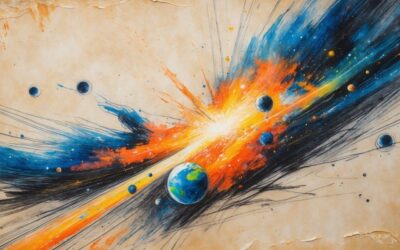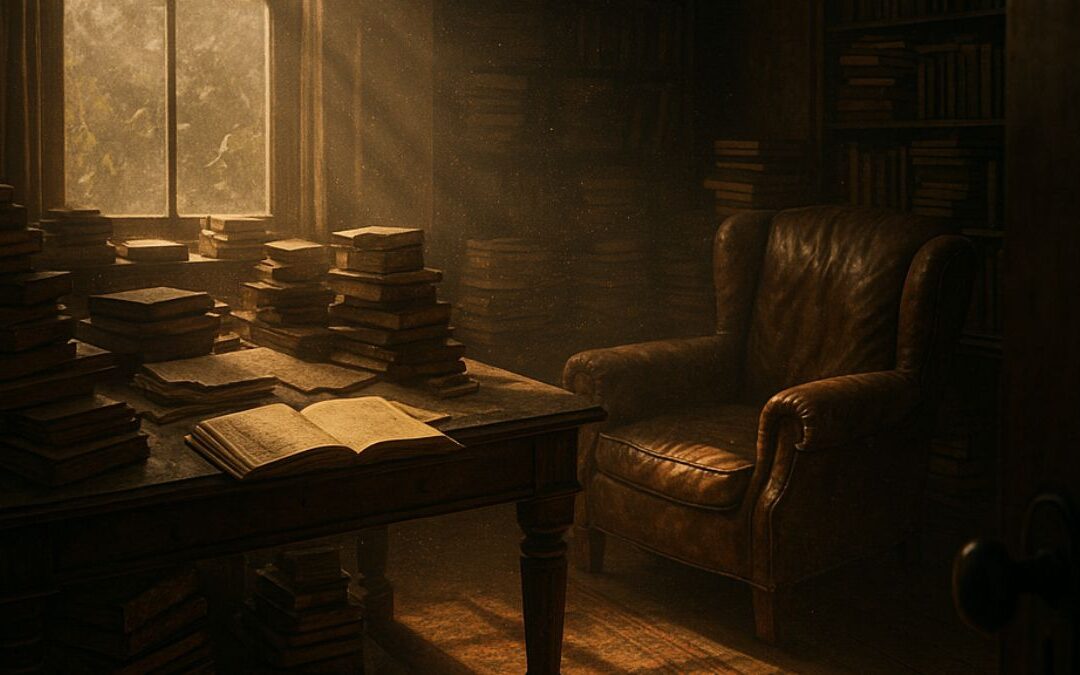Our journey begins in a seemingly ordinary lab, an environment punctuated by the buzz of computers and the scent of cold metal. On the table rests a peculiar setup, simple yet profound – two slits carved in a barrier and a screen behind. It is here that we will witness an act so peculiar, it has been described as ‘nature’s magic trick.’ This is the Double-Slit Experiment, an epicenter of quantum physics, where particles like light (photons) and electrons put on a show that challenges our understanding of reality.
At first glance, the experiment seems straightforward. If you shine a light through the two slits, patterns should form on the screen, mirroring the slits—like two illuminated bars. This is how particles, say tiny tennis balls, would behave, right? They would travel in a straight line, pass through one slit or the other, and leave a mark on the screen behind.
But when scientists first conducted the experiment, they found something puzzling. Instead of two illuminated bars, they saw multiple bars of light and dark fringes, known as an interference pattern, typically formed when waves—like ripples in a pond—overlap and interact. This was strange. How could particles of light behave like waves?
To understand this, imagine tossing two pebbles into a still pond. Each pebble creates ripples, and as these ripples meet, they interfere with each other. Where peaks meet, they combine to form higher peaks; where a peak meets a trough, they cancel out, creating a flat surface. This pattern of peaks and troughs, high and low points, is precisely what was observed on the screen in the double-slit experiment.
But wait a minute. If light behaves like a wave, creating this pattern, how does it decide which path to take through the slits? Does it split up and pass through both? That seems absurd for something we’ve thought of as a particle. To clarify this, scientists decided to fire particles one at a time, ensuring each could pass through only one slit.
Here’s where it gets more peculiar. Even when fired one at a time, the interference pattern persisted on the screen. The particles, when not observed, seemed to interfere with themselves, as though each were passing through both slits at once, like a wave, and then recombining. This presented a challenge to everything we knew about the nature of particles.
Could it be that our act of observation was influencing this behavior? To test this, scientists monitored which slit the particle passed through. The result was as strange as the question. With the slits being watched, the particles behaved like, well, particles again, forming two bright bars corresponding to the slits. But the moment scientists stopped observing, they resumed creating an interference pattern, as if they had gone through both slits at once, like waves. This was a mind-boggling observation.
This phenomenon, known as the observer effect, strikes at the heart of quantum physics. The idea that the act of observation can influence the outcome of an event, that a particle can exist in all possible states until observed, was encapsulated in the term ‘superposition.’ It’s like our particle is saying, “Until you look, I’ll be everywhere I possibly can be.”
Now, I know what you’re thinking. “What does this have to do with me? I’m not a particle!” But here’s where it gets interesting. Quantum physics isn’t confined to a remote lab. Its principles are at work all around us and inside us.
If you’ve ever marveled at a rainbow, you’ve witnessed quantum physics at work. The splendid array of colors results from different wavelengths of light (itself a quantum particle) interfering with itself, much like in the double-slit experiment. Every breath you take, every move you make—quantum physics is involved. The way molecules in your body interact, the way sunlight powers photosynthesis in plants, it’s all quantum.
Understanding quantum physics and the double-slit experiment gives us a glimpse into the fundamental nature of the universe, albeit a mystifying one. It nudges us to question our intuitive understanding of reality and opens the door to a world far more complex and fascinating than we ever imagined.
The phenomenon observed in the double-slit experiment laid the foundation for technologies that shape our everyday lives. Lasers, which rely on the wave-like properties of light, have applications in medicine, communication, and industry. Quantum computers, leveraging the principles of superposition, promise to revolutionize data processing and artificial intelligence.
While the quantum world may seem distant and perplexing, the double-slit experiment reminds us that it’s closer than we think. It tells a tale of a universe that is far stranger and more intricate than our human experiences can easily comprehend. It’s a story that underscores the importance of scientific curiosity and our relentless pursuit of understanding—a journey that often begins with something as simple as light passing through two tiny slits.











0 Comments